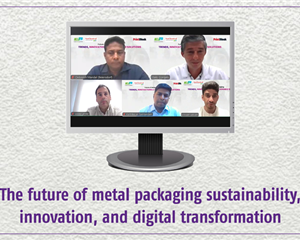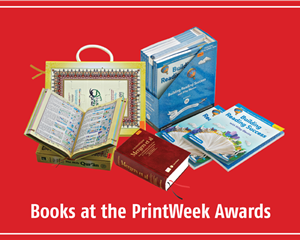How the industry leaders are dealing with quality
Brands and packaging buyers are willing to pay much more to ensure a quality product. However, the issue is that for most applications, the minimum standard of quality has risen so much that quality is no longer a useful differentiator.
28 May 2025 | By Sai Deepthi P
Amey Ajit Patil of Yarbal PrintPack, says, “A good print firm can excel because of the quality quotient by installing the latest machinery from the market, and training its existing manpower about quality”. The Belagavi-based Yarbal Print-Pack has installed and MTM dry lamination kit to boost the precision and durability of its print packaging jobs. The aim, according to Patil, is to bond BOPP, PET, and metPET film with paperboard. He says, “This enhances the strength, durability, and aesthetic appeal of packaging products with our customers.”
Jose Thomas of Future Schoolz says, “The expectation of what can be produced is just so standardised now, with all the software, colour correction, and everything else in these presses, that you’d have to try quite hard not to produce a decent quality print job. Today’s customer is very aware and expects high levels of quality.”
Dhaval Dalal of Ruby Print-N-Pack concurs, “We think value-added special finishes help win business.” Having said that, Dhaval adds, “Most jobs of our customers have fixed specs requirements. But once you get to that next step up, really high-end stuff, then it becomes a factor – it becomes about special effects and finishes, and reaching that next degree of quality.”
Printmann Offset has been in the news because of its acquisition (a controlling stake) in the Hyderabad-based HSOP. In the pharmaceutical and healthcare sectors, Printmann has developed specialised design solutions and product specifications tailored to various therapeutic categories. Ankit Tanna of Printmann says, “We have introduced our range—Med Pack—for medical devices, designed to enhance branding and usability. We’ve created Derm Pack for dermatology products, and for combination or embedded products, we’ve developed Multi Pack solutions.” These tailored offerings help Printmann upsell and position the group as a strategic partner capable of addressing specific client needs.
Tejas Tanna of Printmann adds, “Furthermore, our approach involves understanding the unique therapies and expertise of each client, enabling us to engage in more targeted conversations.” This allows Printmann to highlight our specialised capabilities and add value that aligns with their particular requirements, thereby strengthening its relationships and differentiating the company in a competitive landscape.
Dhaval acknowledges what the Tanna siblings say. He adds, “Quality is crucial, but quality cannot be the only thing.” He says, “The distinction between a good packaging converter and a great one will increasingly hinge on several critical factors beyond quality. This includes efficiency, speed, sustainability in terms of eco-friendly options, and a personalised approach.
Thomas states, “Today, companies are making a lot of money from consultation, management, service delivery, and the print is just the mechanism through which they deliver.” He adds, many packaging converters in India – especially for food or FMCG – had worked this out long ago.
Today’s packaging players have clocked this model decades before commercial print. They provide their clients with vast amounts of creative and technical consultancy because shelf appeal has become one of the major sales differentiators. In addition, firms boast of ISO accreditations, including ISO 45001, ISO 27001, ISO 9001, and ISO 14001 — an audit for all the core quality, environmental, health and safety, data security, and information security accreditations.
PrintWeek’s point of view: Today, in addition to quality and the selling price, the key is smart automation and prudent usage of special effects. But above all, it is customer relationships and the innate ability to solve problems.
Sai Deepthi P is news editor at PrintWeek and WhatPackaging?












 See All
See All